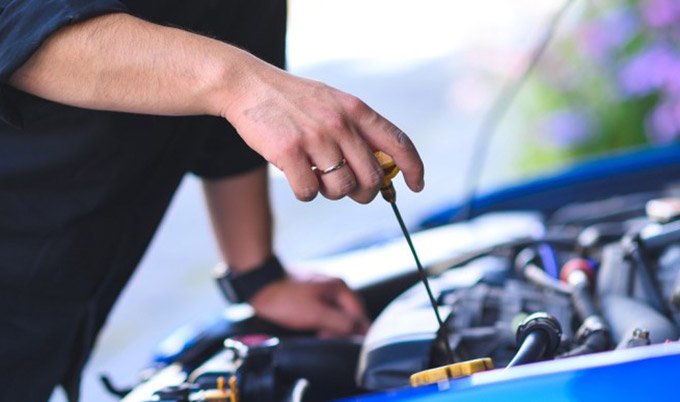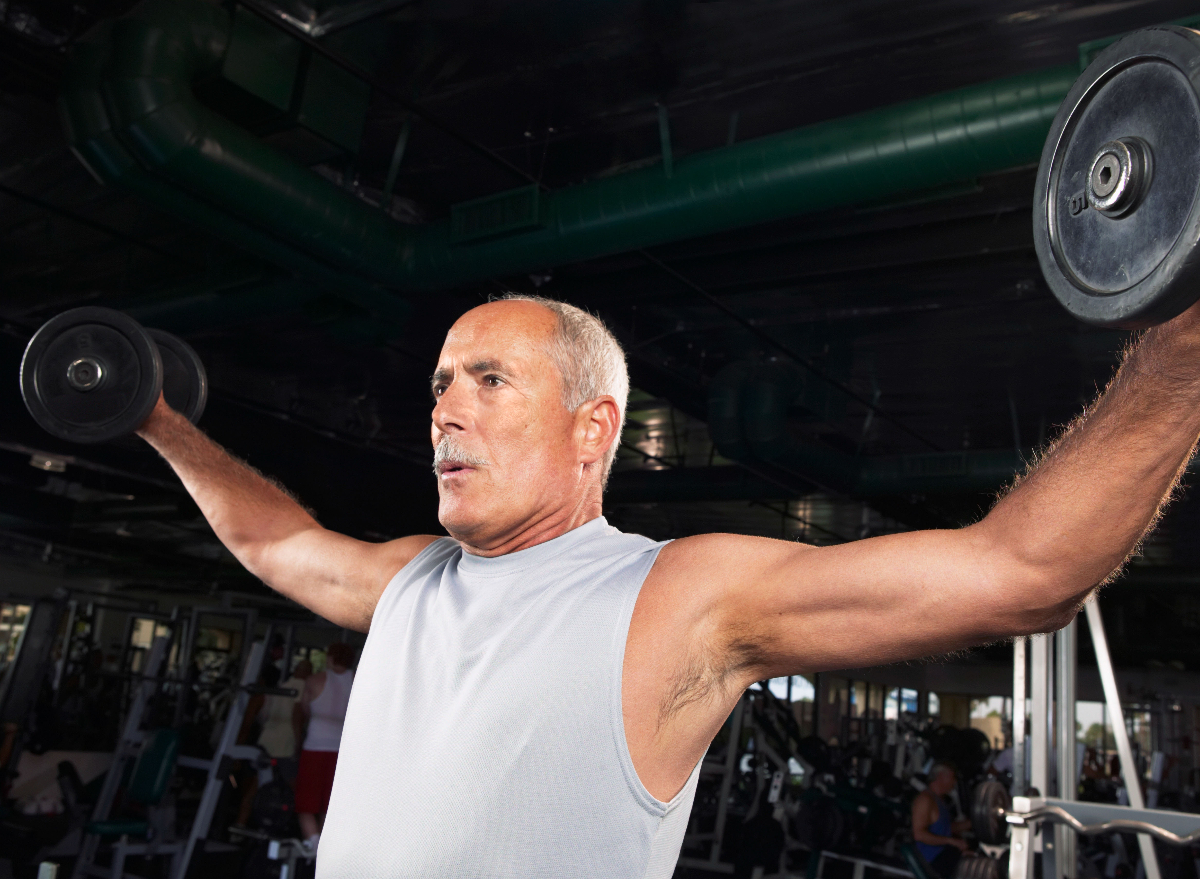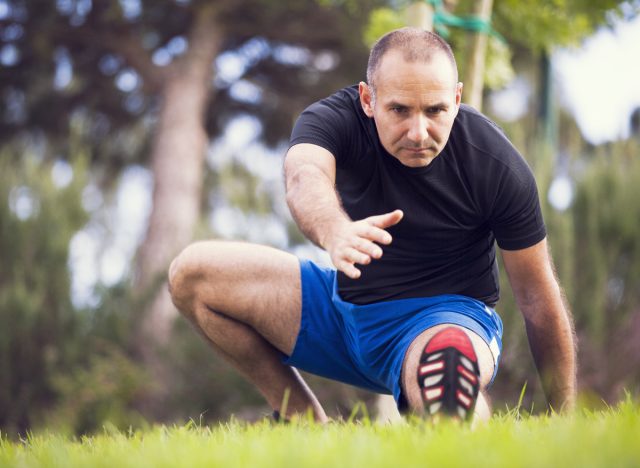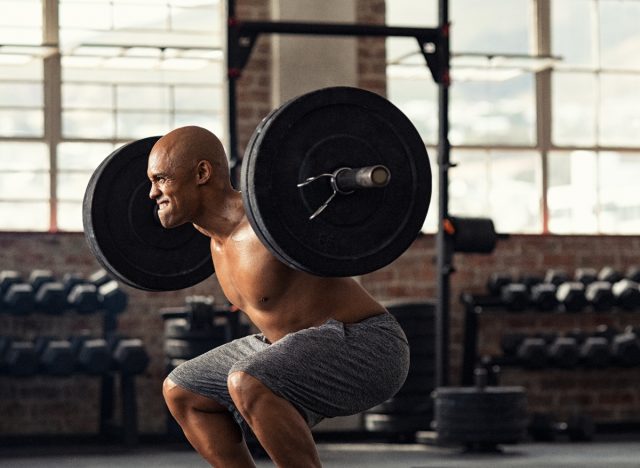We’ve had a really active week with #etmooc so I just wanted to drop a quick note regarding what happened last week, and what’s coming up.
- We’ve had 100s of new blogposts re: Connected Learning at the #etmooc hub.
- The Twitter stream has been very active! While it’s possible to keep up with the #etmooc hashtag through a web-based Twitter search (or #etmchat for our weekly chats), it’s likely a good time to adopt a tool like Tweetdeck or Hootsuite to make information management a lot easier.
- We’ve had some really great Blackboard Collaborate Sessions. If you missed them, we’ve posted all of the recorded sessions to the archive.
- Sue Waters has written a fantastic post that will help all #etmooc’ers navigate some of our spaces (e.g., Google Plus, Collaborate, Twitter, etc.). Be sure to check it out. Also, I’d strongly recommend Sue’s posts on beginner blogging that was written as a support to the sessions she offered.
- We’re on our way to creating a collaborate #lipdub project! The song was chosen, the instructions were sent out, and we’ve already received 58 submissions from participants. We still need a few more, but it looks like we’re on our way! The final project should be released by February 2nd if all goes well.
If people are looking for ideas to write about, I’d like to take this opportunity to once again share the blog prompts that were mentioned in the Introduction to Connected Learning presentation. These included:
- What does my PLE/PLN look like? How can I share it?
- How important is connected learning? Why?
- Is it possible for our classrooms and institutions to support this kind of learning? If so, how?
- What skills and literacies are necessary for connected learning? How do we develop these?
- What are limits of openness in regards to privacy & vulnerability? Are we creating or worsening a digital divide?
- How do we expand this conversation?
I hope that these are useful. Thanks to everyone who has already responded to these and similar questions, and has helped to move our community forward.
Finally, I wanted to share what’s coming up. This week we have Dave Cormier discussing Rhizomatic Learning, George Couros facilitating a Networked Leadership presentation, and Sue Waters running a session on Blogging with Students. And of course, we have our regularly scheduled Twitter chat mid-week. Check the #etmooc Calendar for details.
Got ideas for sessions, presenters, activities, or formats? Let us know – we’re always looking for new ways to engage participants.
Enjoy the week ahead!
Alec





